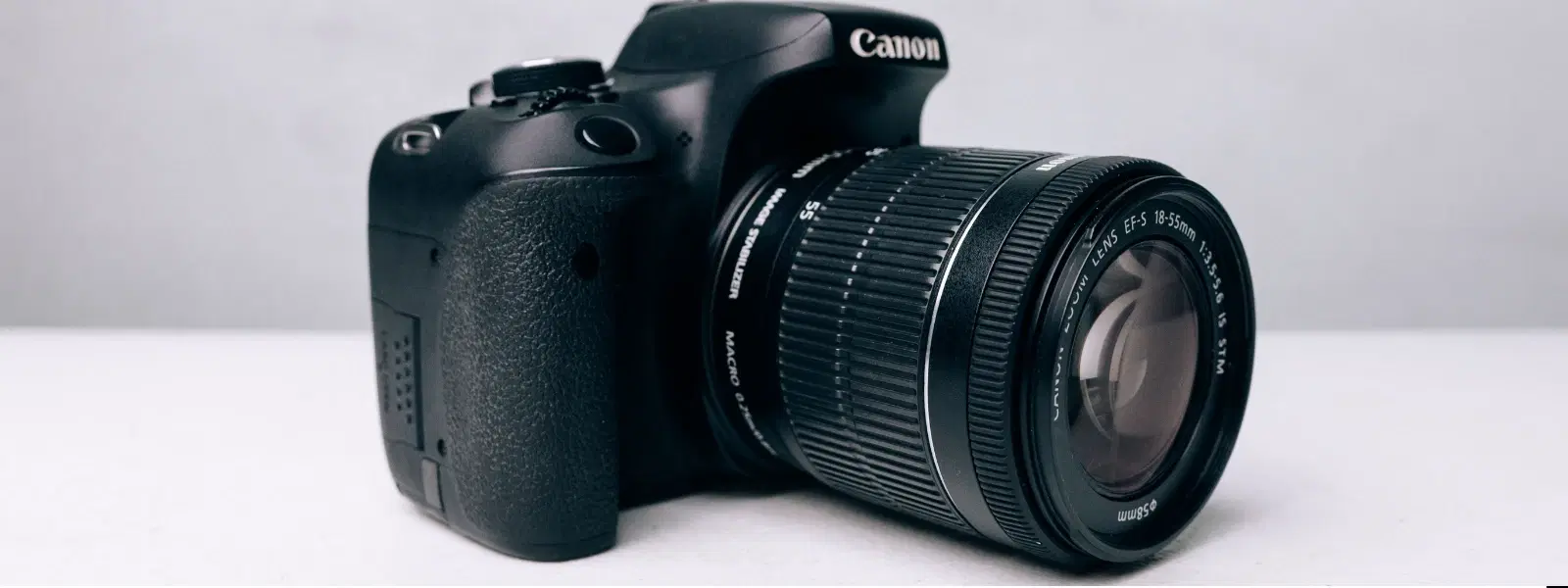
Consumer Electronics
•04 min read
Imagine capturing the breathtaking beauty of the Milky Way or the intricate details of distant galaxies with crystal-clear precision. Selecting the best camera for astrophotography is an exciting journey that begins with understanding the unique requirements of night sky photography. This guide will answer the frequently asked questions and explore key features, top camera options, the best lenses, and essential gear to enhance your stargazing adventures.
A solid choice for capturing the night sky involves a combination of several key elements. First, excellent high ISO performance is crucial to capture subtle, low-light details. A larger sensor, like a full-frame option, generally provides better light sensitivity compared to crop sensor models. Additionally, long exposure capabilities are essential for deep-sky imaging, ensuring your camera can capture extended periods of light with minimal noise.
Both DSLR and mirrorless cameras have their merits in astrophotography. DSLRs are known for their robust build and exceptional low-light performance, making them a solid choice for those who appreciate traditional functionalities. On the other hand, mirrorless cameras are gaining popularity thanks to their lightweight design and compact form, which is ideal for stargazing on the move. Choosing between these options depends on your personal preferences for portability and performance.
Entry-level enthusiasts can start their journey with cameras that offer a balance of quality and ease of use. Models like the Canon EOS 6D Mark II provide an affordable full-frame option and are well-suited for those just exploring the wonders of astrophotography. Similarly, the Nikon Zf is a lightweight, beginner-friendly choice that delivers reliable performance without compromising on essential features.
For those looking to elevate their craft, professional models such as the Sony A1 stand out for their exceptional performance in low-light conditions. The Nikon D850 is another excellent option, appreciated for its high resolution and dynamic range, which are vital for capturing the subtle nuances of deep-sky objects. These cameras are designed to deliver outstanding image quality even in the most challenging conditions.
Advanced astrophotographers may consider dedicated astronomy cameras. Cooled cameras and monochrome versions are specifically designed for deep-sky imaging, offering enhanced sensitivity and precision. Meanwhile, one-shot color cameras provide quick imaging solutions for those who need fast, reliable results without extensive post-processing.
Wide-angle lenses are essential when capturing expansive night skies. They allow you to photograph a larger portion of the celestial sphere, making them ideal for breathtaking panoramas of the Milky Way. Lenses such as the Rokinon 14mm f/2.8 provide the wide field of view necessary for stellar photography.
The choice between prime and zoom lenses often comes down to personal shooting style and budget. Prime lenses, like the Canon EF 50mm f/1.8, are popular for their sharpness and affordability. They serve as an excellent starting point for those looking to experiment with detailed star shots, while zoom lenses offer versatility for varied compositions.
Alongside the right camera and lens, investing in key photography gear is essential. A sturdy tripod ensures stability during long exposures. Star trackers are invaluable for reducing motion blur during extended shooting sessions, and remote shutters help minimise camera shake, allowing you to focus on capturing the perfect celestial moment.
Shooting in RAW format is recommended for astrophotography, as it provides greater flexibility during post-processing. Adjusting the ISO setting based on the conditions will help manage the balance between capturing enough light and controlling image noise. Additionally, using the 500 Rule to calculate shutter speed can prevent star trails, ensuring that your images retain crisp detail.
Did You Know? Shooting at higher ISO settings can introduce noise, but modern software tools like Adobe Lightroom or DeepSkyStacker can help reduce it during post-processing, unlocking even more details in your astrophotography images.
The best camera depends on your experience level and budget. Entry-level options like the Canon EOS 6D Mark II are great for beginners, while professionals may prefer models like the Sony A1 or Nikon D850 for their superior low-light performance and advanced features.
Both offer unique advantages. DSLRs are versatile and reliable, excelling in low-light conditions. However, for capturing deep-sky objects with high precision, dedicated astronomy cameras such as cooled monochrome models might be preferable.
For general night photography, mirrorless cameras offer a compact design and impressive performance in low-light conditions. Models such as the Sony A7 III combine portability with excellent image quality, while some DSLRs continue to provide outstanding detail and durability.
Yes, full-frame cameras are generally preferred because their larger sensors capture more light and detail, which is especially beneficial when photographing the night sky.
Wide-angle lenses like the Rokinon 14mm f/2.8 are ideal for capturing expansive night skies, while prime lenses such as the Canon EF 50mm f/1.8 provide sharp, detailed shots for specific compositions.
Astrophotography is an art that marries technical knowledge with the right equipment. Selecting the camera, lenses, and gear specifically tailored to your needs can transform your night sky photography into a visual celebration of the universe. Whether you are just starting or upgrading your current setup, these insights empower you to make informed decisions and earn rewarding NeuCoins with every transaction on Tata Neu. Enjoy both the thrill of exploring new gadgets and the convenience of a seamless shopping experience, thanks to the trusted support and innovative approach of Tata Neu and Croma.